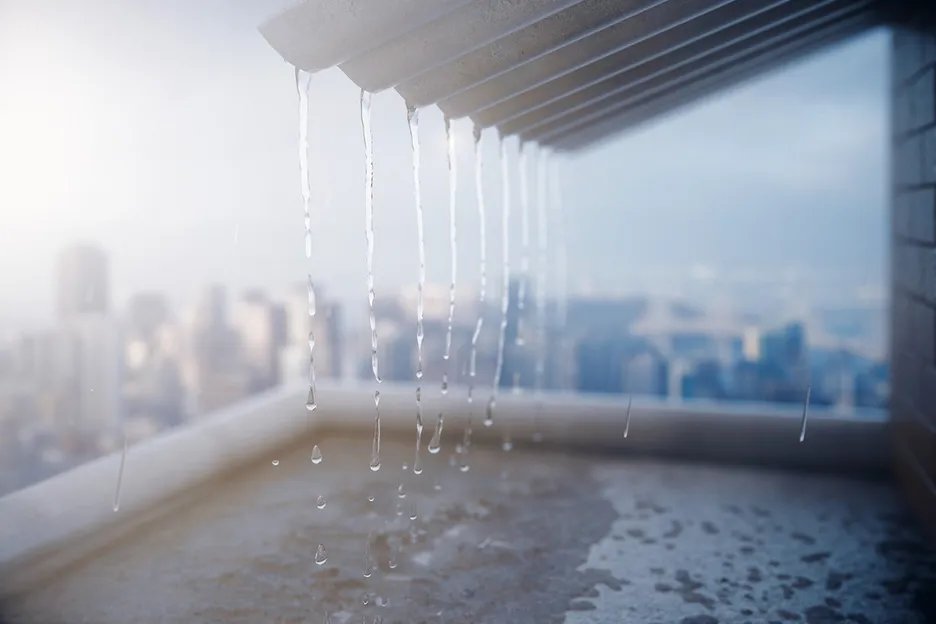Pollutants in rainwater runoff from non-metal roofs
In growing cities, more and more surfaces are being sealed. This increases the contact of rainwater with materials, e.g., on roofs, which can contaminate the run-off water with harmful substances. However, no clear or statistically relevant statements on pollutant emissions can be made for most roof materials, as there are hardly any studies, most of which are based on one-off random samples. General conditions such as atmospheric influences or gutter material are often not sufficiently described. There is, therefore, a considerable need for research in order to make scientifically sound statements about pollutants in precipitation runoff from non-metal roofs.
The aim is to obtain a comprehensive and reliable database on the release of substances from non-metal roofs through rainwater contact under different conditions (heavy rainfall, long periods of dry weather, etc.). Based on research of relevant products, laboratory and field tests are carried out. A standardized laboratory procedure is used to obtain building product eluates for estimating emissions. Outdoor tests are used to continuously investigate material emissions under real weather conditions. The data obtained enables a reliable assessment of material emissions and serves to derive recommendations for regulations. It serves as a basis for the development of decentralized precipitation water treatment systems in order to make sustainable use of the run-off water from any pollutant-emitting building products in urban areas under the challenges of climate change.
First, based on market research (WP1) the roofing materials were selected for the following practical tests. 15 different roofing materials, including tiles, concrete roof tiles, fiber cement, bitumen and wood shingles as well as various plastic products, were then subjected to the DIN EN 16637-2 test procedure in the laboratory and the eluates analyzed (WP2). The results were used to select six products, which are now being exposed to the weather on the Fraunhofer IBP outdoor site in Holzkirchen (WP3). The results obtained in this way will then be used for a risk assessment and enable recommendations to be derived for practical application (WP4).
Work packages 1 and 2 have already been completed. The test roofs for work package 3 have been set up and sampling of the rainwater runoff is underway.
The research project will run from January 2024 to July 2026.
